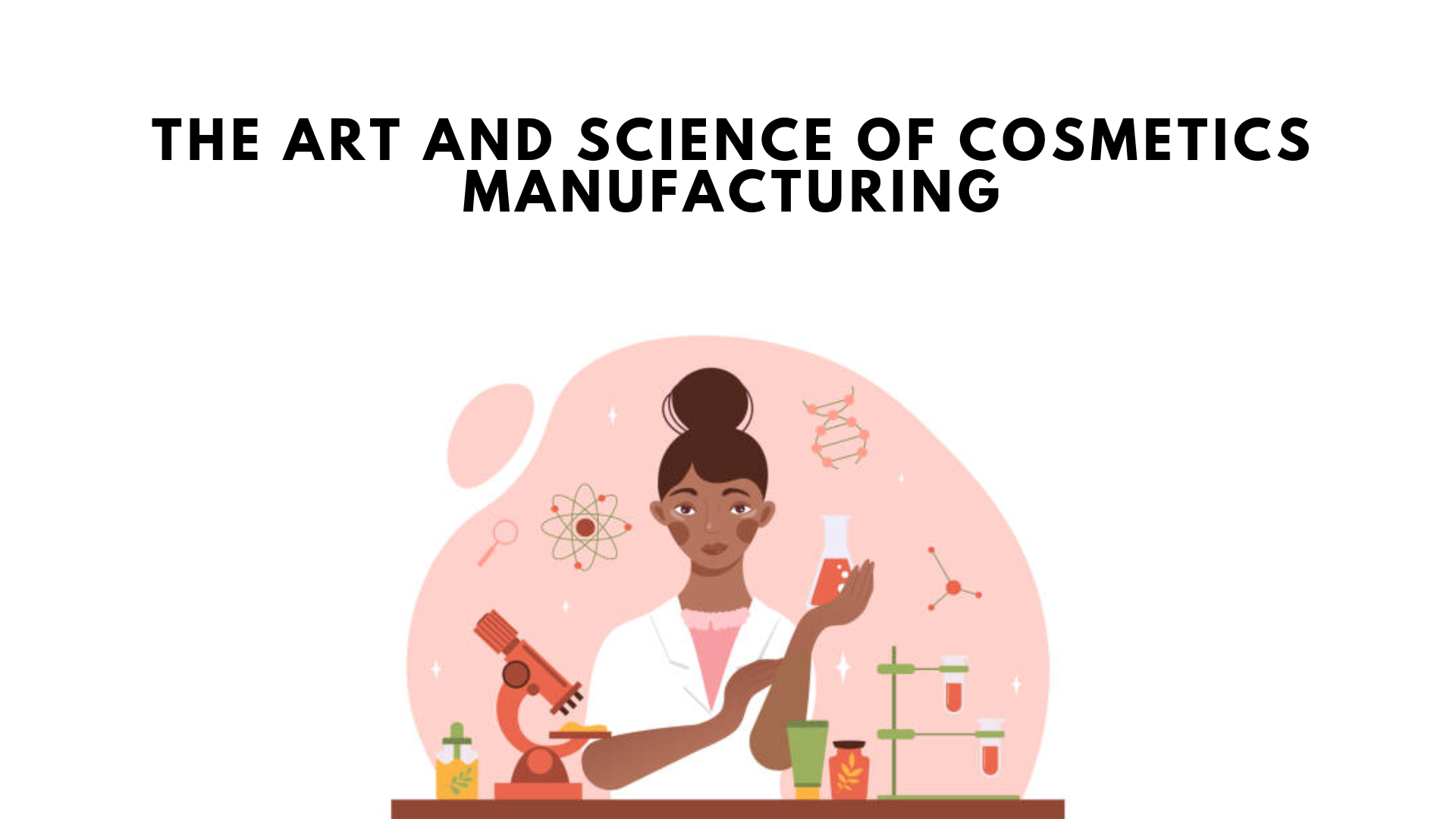In the world of beauty and personal care, cosmetics are the unsung heroes that empower individuals to express themselves. But behind every lipstick, moisturizer, and foundation lies a fascinating journey of creation. From concept to consumer, the manufacturing of cosmetics is a blend of artistry, science, and rigorous quality control. Let’s delve into the intricate process of cosmetics manufacturing and explore what makes this industry so dynamic.
1. From Idea to Product: The Conceptual Phase
The creation of a new cosmetic product often begins with an idea or a market need. This phase involves:
- Market Research: Understanding consumer needs, preferences, and trends is crucial. This research informs product development and helps identify gaps in the market.
- Formulation Development: Chemists and product developers work together to create a formula that meets the desired characteristics, whether it’s a new shade of lipstick, a hydrating serum, or a long-lasting foundation. This stage involves selecting active ingredients, balancing textures, and ensuring the product’s stability.
- Prototyping and Testing: Initial prototypes are created and tested for efficacy, safety, and sensory appeal. Feedback from focus groups and testing labs is used to refine the formulation.
2. Sourcing Ingredients: Quality and Sustainability
The ingredients that go into cosmetics are sourced from around the world. Sourcing involves:
- Quality Control: Ensuring that raw materials meet stringent quality standards is paramount. This includes testing for purity, consistency, and safety.
- Sustainability: There’s a growing emphasis on sourcing ingredients sustainably. Companies are increasingly opting for eco-friendly and ethically sourced materials to meet consumer demand for sustainable products.
- Innovation in Ingredients: The use of novel ingredients, such as plant-based extracts, biotech-derived compounds, and sustainable alternatives, is a rising trend in the industry.
3. Manufacturing: Precision and Expertise
Once the formulation is perfected and ingredients are sourced, the manufacturing process begins. This stage involves:
- Blending and Mixing: Ingredients are precisely measured and blended to create the final product. This requires sophisticated equipment and expertise to ensure uniformity and quality.
- Filling and Packaging: The finished product is then filled into its packaging. This step is highly automated, ensuring efficiency and consistency. Packaging is also designed to be both functional and appealing to consumers.
- Quality Assurance: Throughout the manufacturing process, rigorous quality checks are conducted to ensure that the product meets all specifications and regulatory requirements.
4. Regulatory Compliance: Meeting Global Standards
Cosmetics manufacturers must comply with a complex web of regulations and standards. This includes:
- Safety and Testing: Products must undergo safety testing to ensure they are safe for use. This can include dermatological testing, allergen testing, and stability testing.
- Labeling and Claims: Regulatory bodies require accurate labeling and marketing claims. This ensures that consumers are well-informed about the product they are purchasing.
- Global Compliance: For brands operating internationally, compliance with the regulations of different countries is crucial. This can include ingredient restrictions, packaging requirements, and product registration.
5. Trends in Cosmetics Manufacturing
The cosmetics industry is constantly evolving. Some of the current trends include:
- Clean Beauty: Consumers are increasingly seeking products free from harmful chemicals and synthetic ingredients. Clean beauty focuses on transparency, safety, and eco-friendliness.
- Personalization: Advances in technology are enabling the creation of personalized cosmetics, tailored to individual skin types, preferences, and needs.
- Sustainable Practices: From eco-friendly packaging to reducing carbon footprints, sustainability is a major focus. Brands are adopting more sustainable practices throughout the supply chain.
- Innovative Technologies: The use of advanced technologies, such as AI and 3D printing, is revolutionizing product development and manufacturing processes.
6. The Future of Cosmetics Manufacturing
As the cosmetics industry continues to grow, so does the need for innovation and adaptability. The future of cosmetics manufacturing lies in the seamless integration of technology, sustainability, and consumer-centric approaches. With ongoing advancements in science and a deeper understanding of consumer needs, the possibilities for new and exciting cosmetic products are endless.
Conclusion
Cosmetics manufacturing is a fascinating blend of creativity, precision, and scientific expertise. From the initial spark of an idea to the final product on store shelves, each step in the process is crucial to creating high-quality, effective, and safe cosmetics. As the industry evolves, it will continue to shape the way we express ourselves and care for our skin, making beauty not just a luxury, but a science and an art form.









